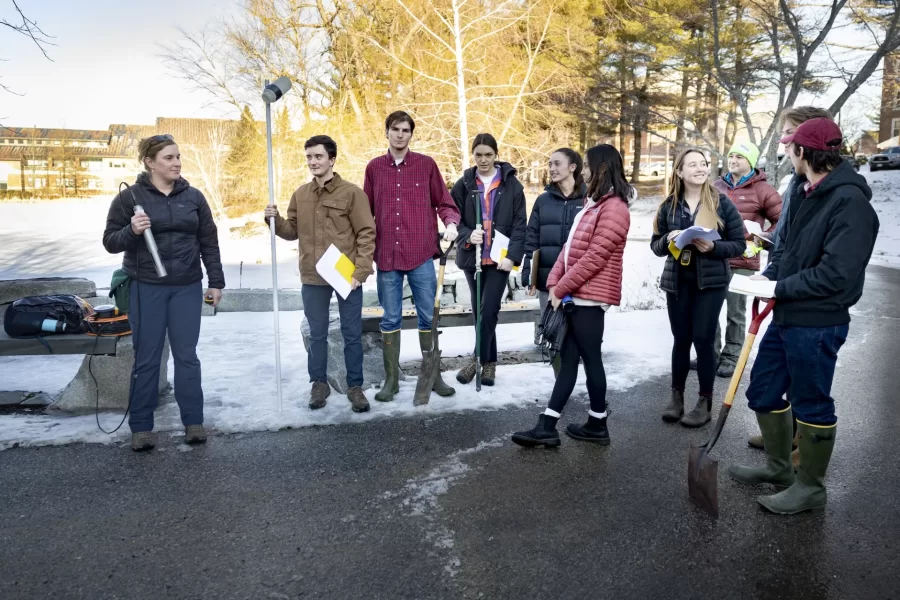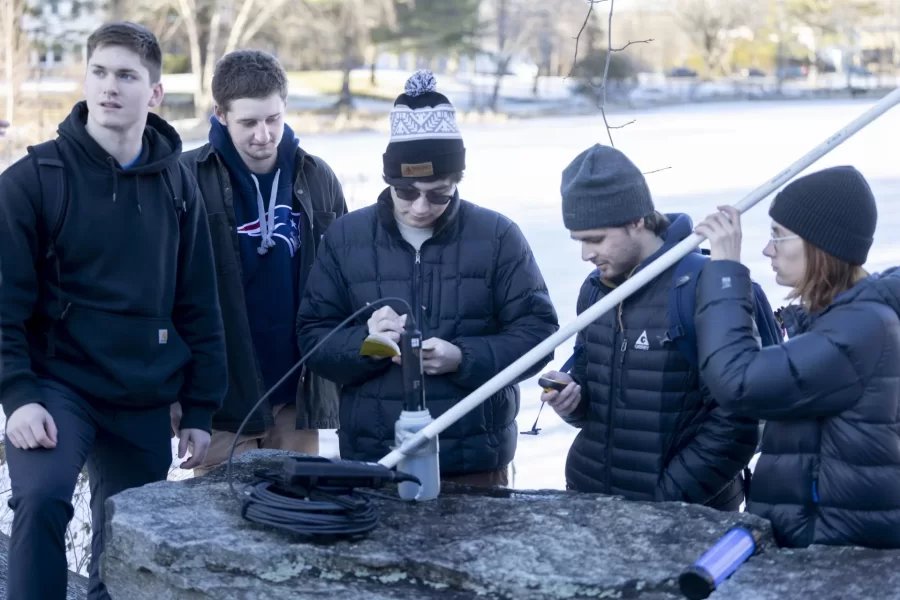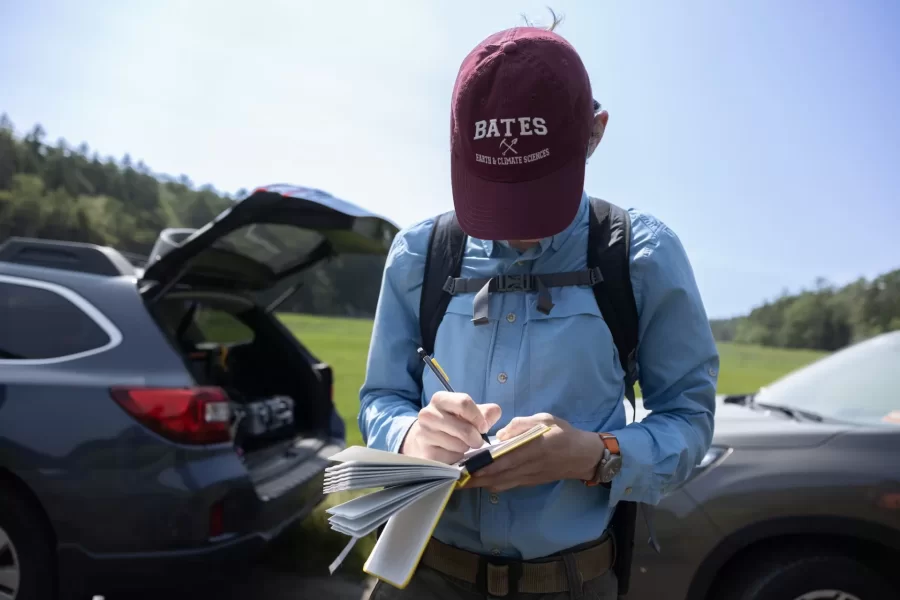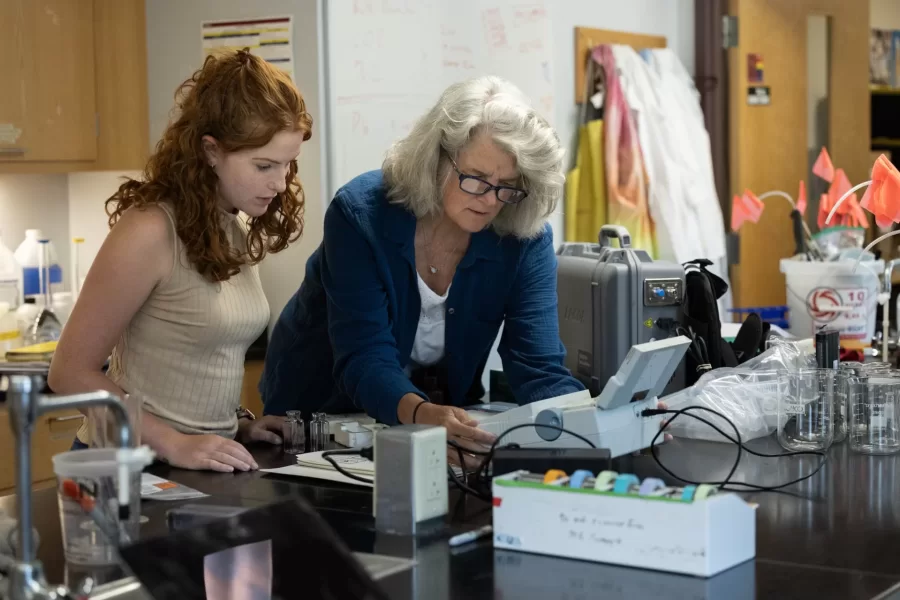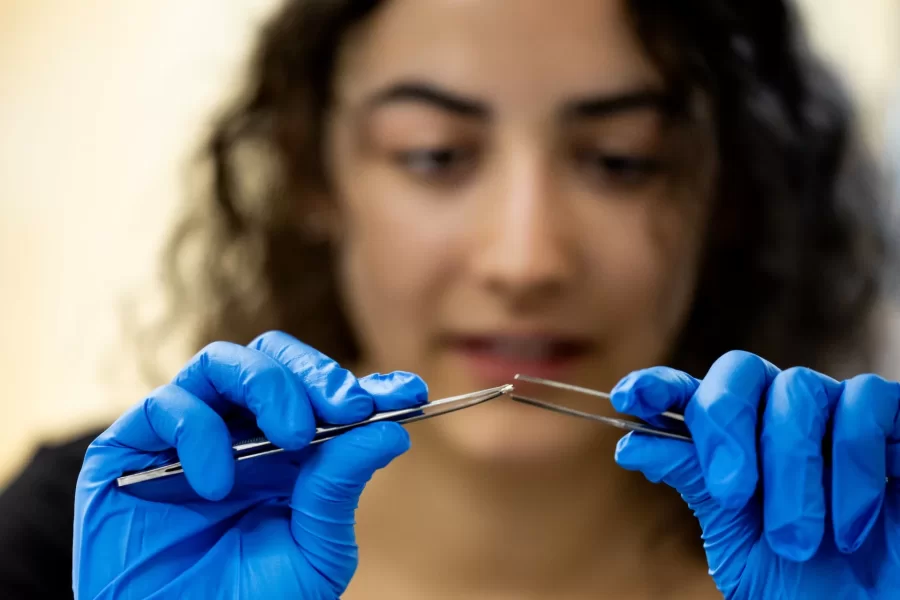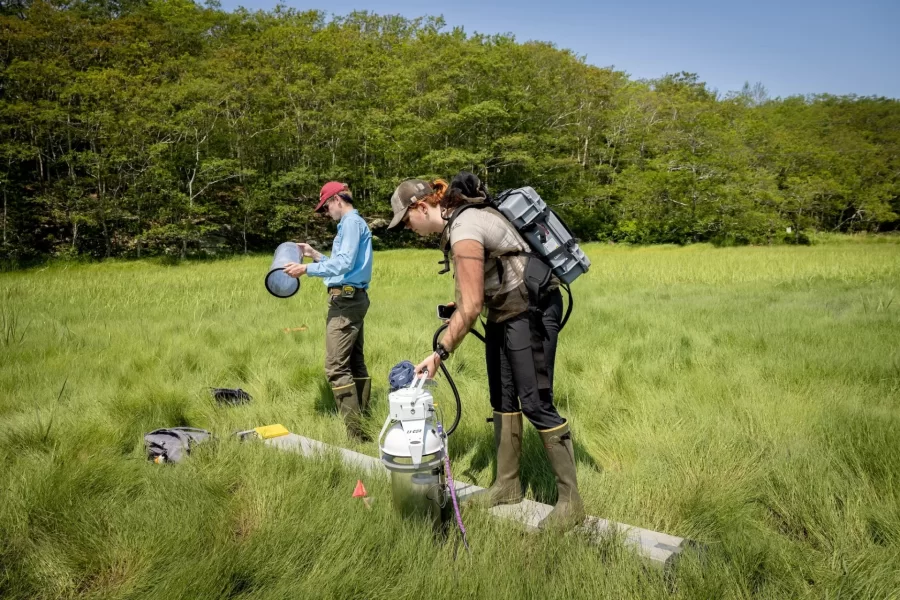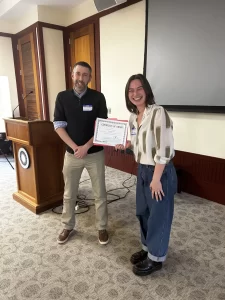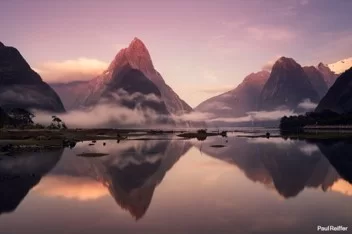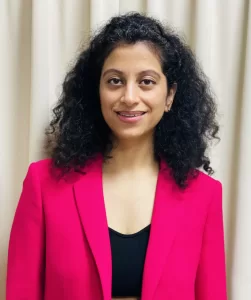Welcome
Earth and climate sciences are key to addressing scientific issues relating to energy, mineral, and water resource security; ecosystem and environmental stewardship; hazards risk assessment; adaptation and mitigation; and climate variability and change.
Students interested in studying the science of the earth and its environment can do so in EACS. Students learn about mountains, volcanoes, earth quakes, climate change, lakes, rivers, coastal zones, glaciers, natural hazards, water, and human impacts on the environment (to name a few) by studying these topics first hand in the field, in the laboratory, and in the classroom. Using inclusive pedagogies, we stress the importance of experiential learning and discovery, communication, and collaboration. Students in the Department of Earth and Climate Sciences work with their peers and faculty to build new knowledge and solve real-world problems.
The EACS curriculum is scaffolded; students explore the topic and enter the major by taking any 100-level, introductory course. These courses are open to everyone. More in depth courses are then taken at the 200- and 300- levels and then thesis.
The EACS curriculum is flexible. Students create their major from a suite of EACS courses at all levels of the curriculum. Additionally, classes offered in Environmental Studies, Chemistry, Biology and Physics can be applied to the degree to create a more interdisciplinary focus within the EACS major.
About EACS
Field Work
Many Earth and Climate Sciences courses involve time outside. Field work ranges from bedrock mapping of mountains to monitoring on the Maine coastline.
Lab Work
Analyzing samples in the laboratory provides important information on earth materials.
Computer Skills
Modeling, remote sensing, and data analysis provide yet another way of studying the earth.





